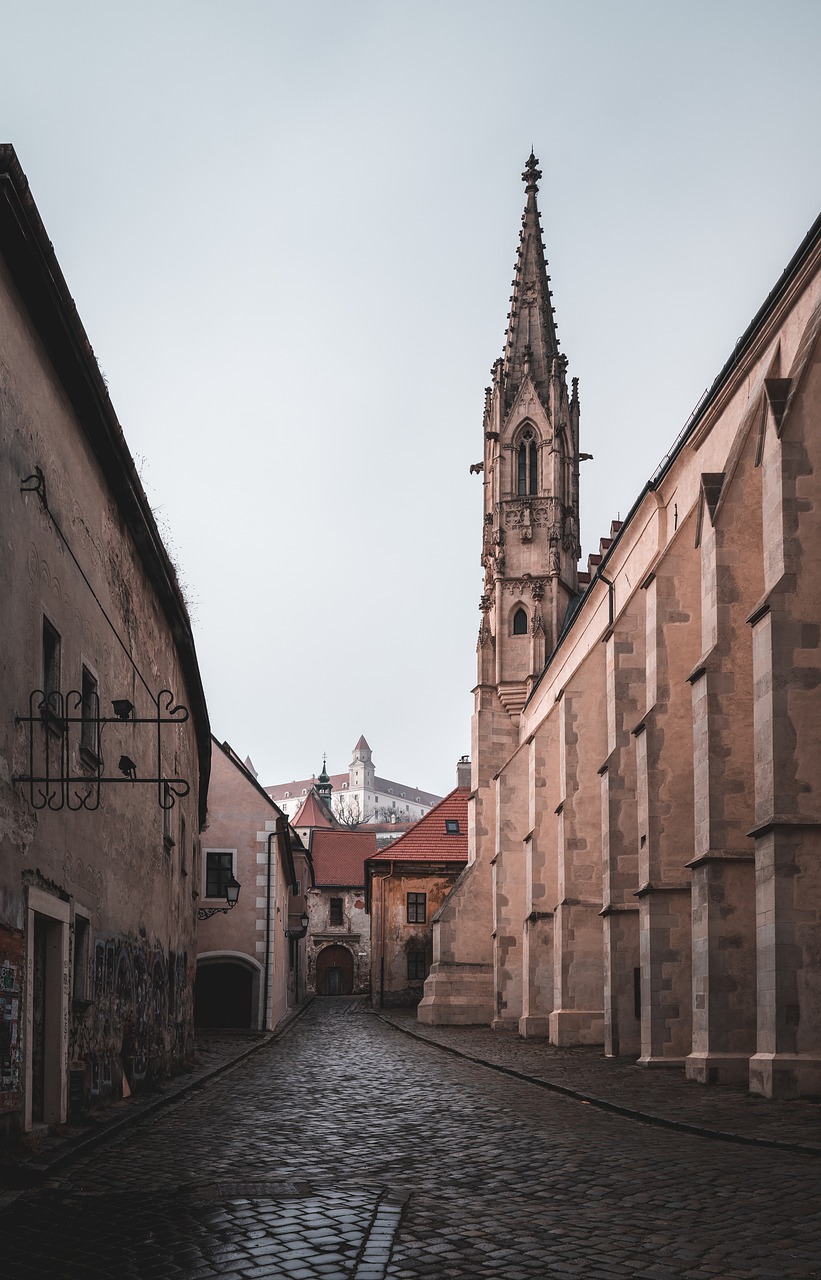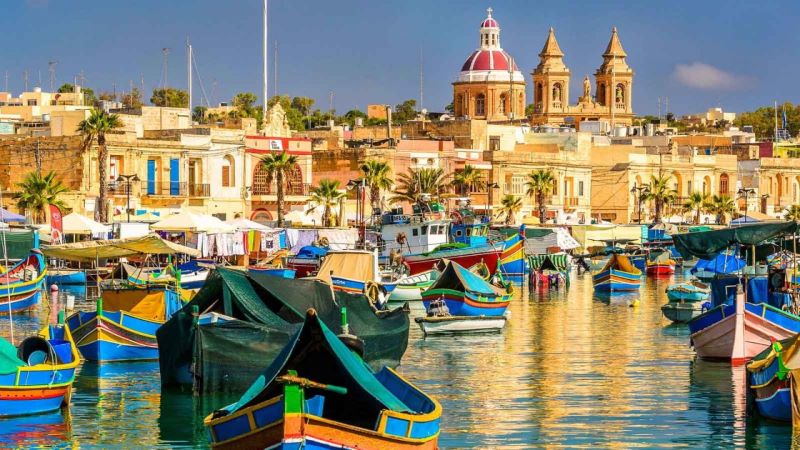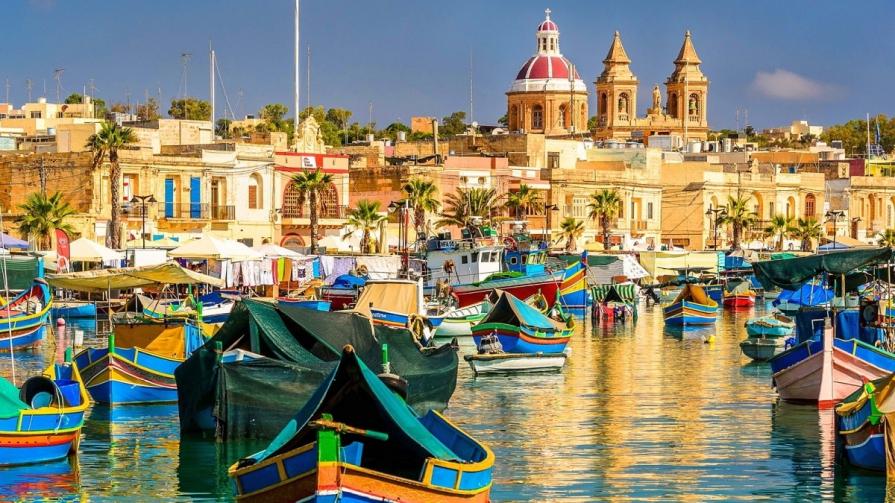Valletta, the capital of Malta, is a treasure trove of history and culture, with its historic streets serving as witnesses to the passage of time and the rule of various civilizations. These streets hold intriguing secrets and stories, waiting to be discovered by intrepid explorers.
One such street, Triq il-Ganċ, has a fascinating origin story, deriving its name from a humorous tale of knights proving their sobriety by climbing through a hook on the wall.
St Johns Street, an extension of Triq il-Ganċ, is named after the magnificent Co-Cathedral of St John and is adorned with three clocks on its facade.
Other notable streets, like Old Theatre Street, Merchants Street, Archbishop Street, and St Ursula Street, each have their own unique charm and historical significance.
Whether it’s the prestigious Manoel Theatre, the palazzos and auberges, or the traditional Maltese balconies, Valletta’s historic streets offer a vibrant and immersive experience for those seeking to delve into the city’s rich past.
Key Takeaways
- Valletta is the capital of Malta known for its historic streets.
- Interesting secrets and stories can be found in the backstreets of Valletta.
- The city has been ruled by many cultures throughout history.
- Valletta has many vibrant and colorful streets.
Famous Streets
Valletta is known for its famous streets, such as Triq il-Ganċ, St Johns Street, Old Theatre Street, Merchants Street, Archbishop Street, St Ursula Street, and St Christopher Street, each with their own unique history and attractions.
These streets are not only pathways, but also hold hidden gems that showcase the rich history and architecture of Valletta.
Triq il-Ganċ, for example, is an extension of St Johns Street and has a funny story behind its name, where knights had to climb through a hook on the wall to test their soberness.
St Johns Street, named after the Co-Cathedral of St John, is adorned with three clocks on its facade.
Old Theatre Street is home to the prestigious Manoel Theatre and has a bridge connecting the Grand Masters Palace to the National Library.
Merchants Street hosts various palazzos, casas, and auberges, and is home to Valletta’s market.
Archbishop Street boasts statues of saints, angels, and holy figures on every corner.
St Ursula Street is a popular street lined with traditional Maltese balconies.
St Christopher Street, on the other hand, is a connector street with abandoned houses in need of restoration.
These vibrant and colorful streets in Valletta offer visitors a chance to explore unique architecture and discover the hidden gems of the city.
Interesting Secrets
Many of the backstreets in Malta’s capital city harbor intriguing secrets and stories. Valletta, with its rich history and diverse cultural influences, holds hidden stories waiting to be uncovered.
One such street is Triq il-Ganċ, an extension of St Johns Street, which has a funny story behind its name. It is said that knights had to climb through a hook on the wall to test their soberness before entering the street.
Another interesting street is Old Theatre Street, home to the prestigious Manoel Theatre. This street also boasts a bridge connecting the Grand Masters Palace to the National Library.
Archbishop Street is adorned with statues of saints, angels, and holy figures on every corner, adding to its historical charm.
St Christopher Street, although in need of restoration, holds abandoned houses that tell their own tales.
Exploring Valletta’s backstreets is a journey of uncovering history and discovering the hidden stories that lie within.
Must-Visit Locations
Renowned for its captivating charm and historical significance, the Maltese capital beckons visitors to uncover its illustrious past through its captivating hidden corners. Valletta is home to a plethora of must-visit locations that showcase the city’s hidden gems and architectural wonders. From the prestigious Manoel Theatre in Old Theatre Street to the vibrant and colorful streets lined with traditional Maltese balconies in St Ursula Street, Valletta offers a treasure trove of architectural marvels. The Grand Masters Palace, connected to the National Library by a bridge in Old Theatre Street, is a testament to the grandeur of the city’s history. Meanwhile, the Co-Cathedral of St John in St Johns Street stands as a remarkable example of Baroque architecture, with its three clocks adorning the facade. As visitors explore Valletta’s historic streets, they are sure to stumble upon these enchanting locations, each with its own unique story to tell.
| Must-Visit Locations |
|---|
| Manoel Theatre |
| St Ursula Street |
| Grand Masters Palace |
| Co-Cathedral of St John |
Frequently Asked Questions
What is the significance of the three clocks on the facade of St Johns Street?
The three clocks on the facade of St. John’s Street in Valletta hold historical significance. They serve as a reminder of the importance of time and punctuality in the city’s past, reflecting the disciplined and organized nature of the Knights who once ruled Malta.
What is the story behind the name of Triq il-Ganċ?
Triq il-Ganċ, an extension of St John’s Street in Valletta, derives its name from a humorous story. It is said that knights had to climb through a hook on the wall to test their soberness. The significance of the three clocks on the facade of St John’s Street is related to the Co-Cathedral of St John, a prominent landmark in Valletta.
Which street is home to the prestigious Manoel Theatre and has a bridge connecting the Grand Masters Palace to the National Library?
The street that is home to the prestigious Manoel Theatre and has a bridge connecting the Grand Masters Palace to the National Library is Old Theatre Street. This street is one of the architectural gems of Valletta and offers the opportunity to discover hidden gems within the city.
What can be found on every corner of Archbishop Street?
On every corner of Archbishop Street in Valletta, one can find stunning statues of saints, angels, and holy figures. These architectural wonders add a touch of beauty and spirituality to the historic streets of Valletta.
Which street in Valletta is known for its traditional Maltese balconies?
St Ursula Street in Valletta is known for its traditional Maltese balconies, which are iconic architectural features of the city. These balconies are adorned with intricate stone carvings and add a unique charm to the street.








